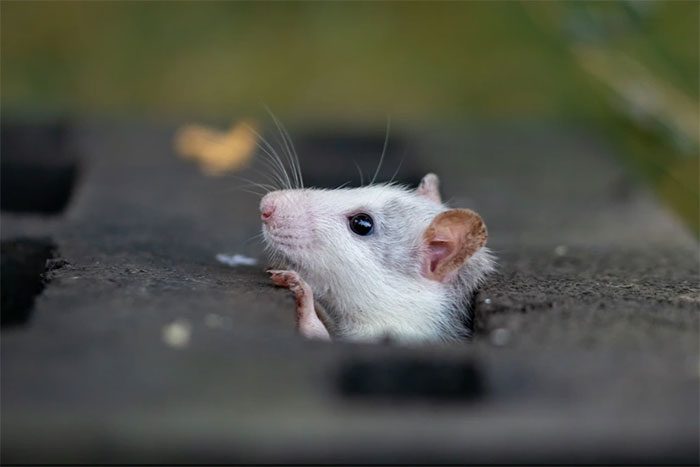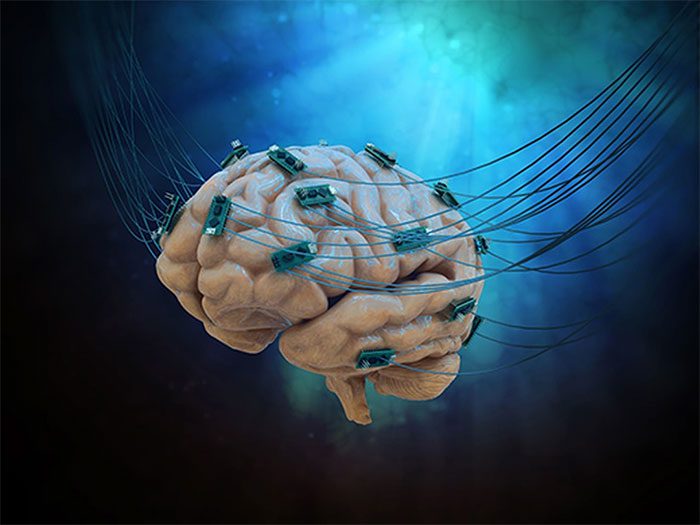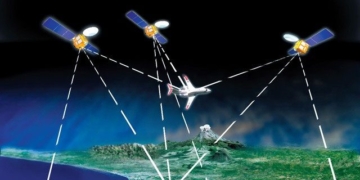New research shows that mice can envision places they have been and think about moving objects in ways previously unknown.
The ability to immerse oneself in thought and use imagination to dream about things that do not exist has long been considered a trait unique to humans. However, scientists are now seriously reconsidering this assertion.

The new research discovered that mice can precisely and flexibly control their activities in the hippocampus (the area responsible for memory and navigation) (Photo: Getty).
A study published on November 2 in the journal Science reveals that mice can think about objects and locations that are not directly in front of them.
Imagining places that are far from our current location is a part of memory and evokes potential future scenarios. If this ability exists in animals, they may possess a way of imagining that is similar to ours.
“Mice can truly activate their imagination to envision locations in their surroundings without needing to be physically present,” said Chongxi Lai, co-author of the study, an engineer and neuroscientist at the Howard Hughes Medical Institute.
“Even when their body is stationary, their thoughts can reach a faraway place in another space.”
To reach this conclusion, Lai and the research team at the Howard Hughes Medical Institute in Maryland, USA, designed a series of experiments to see if mice could use their thoughts to imagine traveling to a specific location or moving a distant object.
They employed a real-time “thought detector” device. This system can measure neural wave activity and translate its meaning into an observable format based on a brain-machine interface (BMI).
Using the established BMI system, the researchers created a “dictionary of thought.” This dictionary describes the brain activity of mice as they navigate a virtual reality (VR) system, where they are tasked with moving through a maze to find food placed at the end of the path.

By using the BMI protocol, researchers discovered surprising intelligence in mice. (Photo: Getty).
The researchers found that mice can precisely and flexibly control activities in their hippocampus (the area responsible for memory and navigation).
Surprisingly, they can even maintain this activity and concentrate their thoughts on a specific location for several minutes. Essentially, the animal used its thoughts to seek rewards by contemplating which direction to take to reach its goal.
This process is akin to how we imagine everything around us while commuting to work or school, envisioning the buildings and places we will pass. What we touch, hear, and see is synthesized through imagination to create a “panoramic view.”
“What’s remarkable is how mice learn to think about a space that does not exist for a very long time,” said Tim Harris, another co-author of the study.
According to the authors, this new research indicates that BMI could be utilized to develop devices that enhance human imagination based on similar principles.


















































